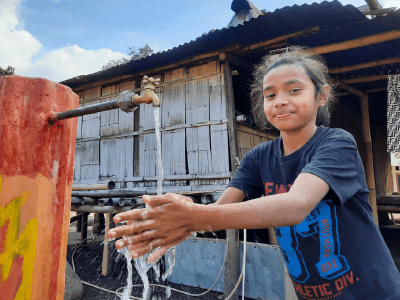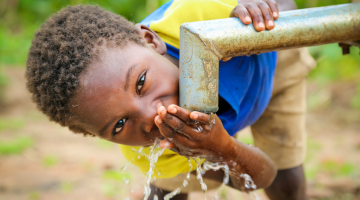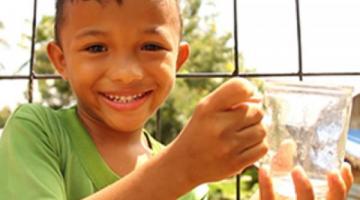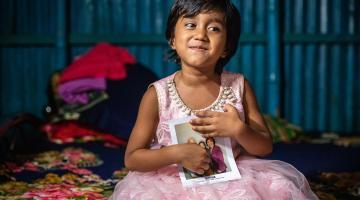Clean Water & Sanitation
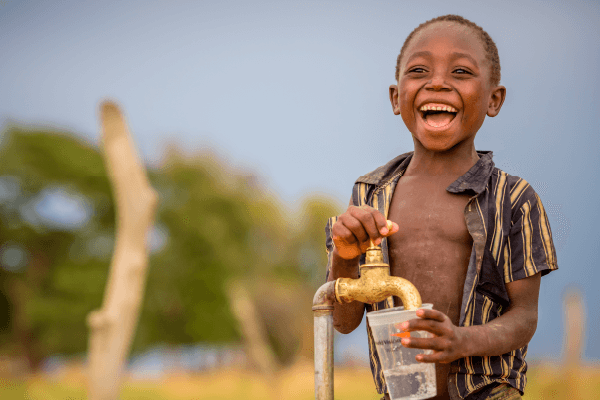
Every child deserves clean water. Not only is it a basic human right, it is also an essential building block of life that allows children and their communities to survive and flourish.
When water is clean and safe, it helps children to be healthy and well nourished. Clean water helps facilitate proper sanitation and improved hygiene, reducing the spread of diseases that kill nearly 1,000 children younger than five every day1.
And with clean water close by, children are freed from the burden of walking miles and hours daily to collect it, giving them time to go to school and realise their full potential.
Unfortunately, 785 million people around the world today do not have basic access to water2. And one third of the world’s population (2.3 billion) lack access to improved sanitation3.
World Vision does not just provide water and sanitation infrastructure, we work alongside the communities we serve, empowering them to maintain these facilities and maintain healthier water and hygiene practices on their own.
1 WHO, Don’t Pollute My Future, 2017
2 https://www.unicef.org/wash/water
3 WHO 2019
Key Challenges
|
Geographic Constraints Limited resources may prevent the poor from moving closer to a water source. The daily struggle to get sufficient, let alone clean water is a way of life for the poor. |
|
|
Lack of Infrastructure Without proper water pipelines, every day, children, usually girls, walk hours, sometimes multiple times a day, to collect heavy loads of water from the nearest water source instead of going to school. |
|
|
Unprotected Water Sources Rivers, streams and other open water sources are susceptible to contamination from animals as well as unhygienic human activities, like open defecation. |
|
|
Water-Borne Diseases Diarrhoea and typhoid spread through unclean water. Because hygiene levels in rural areas are low, infections and diseases spread even more easily. |
|
|
Poor Sanitation and Hygiene Poor awareness of good sanitation and hygiene habits means practices like open defecation are commonplace and people are not aware of preventive measures to stop disease transmission. |
